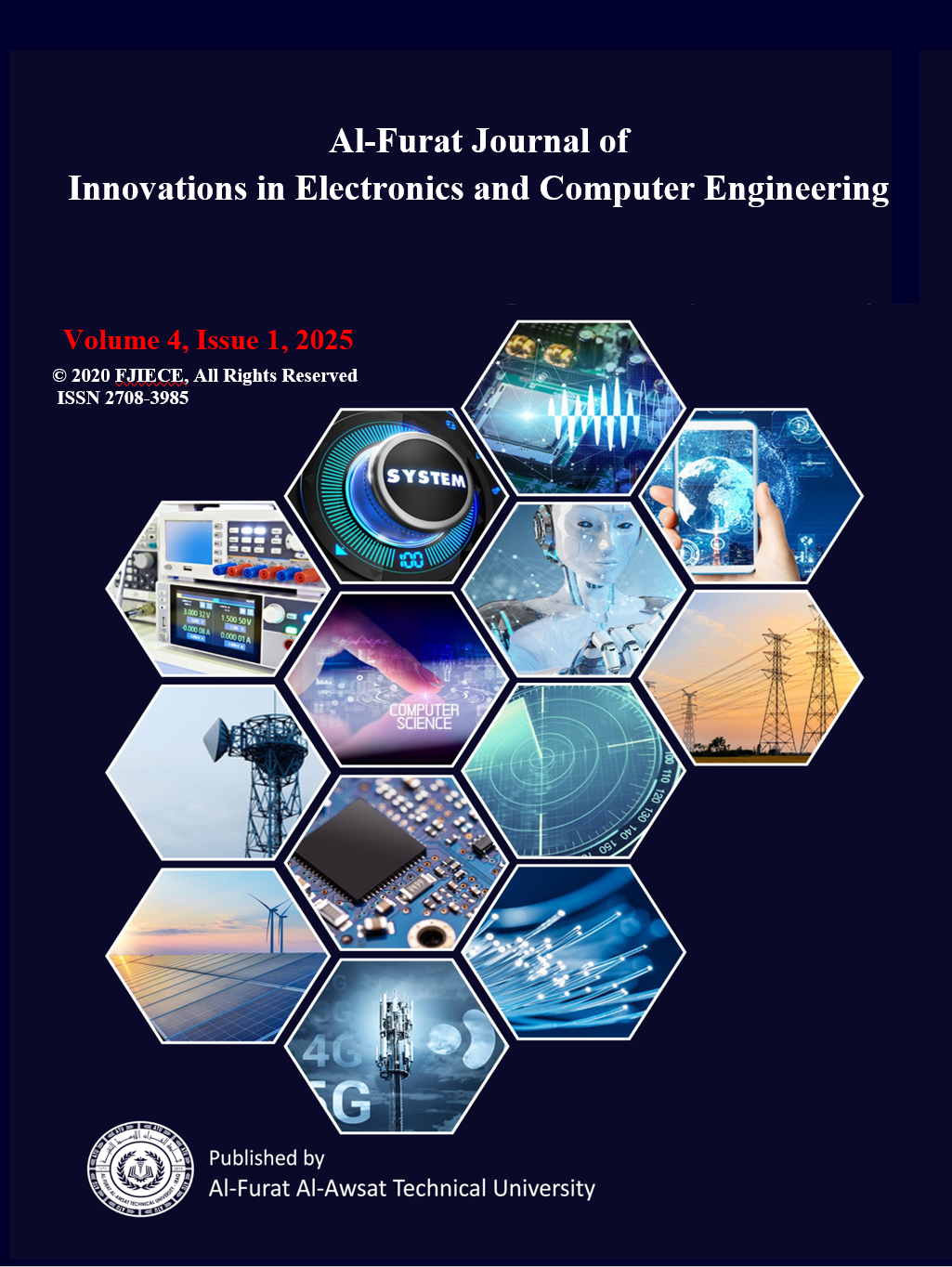A Review of Indoor Li-Fi Receiver Challenges: Mathematical Models and Testing Approaches
Keywords:
Receiver orientation; signal to noise ratio (SNR); Visible Light Communication (VLC); line-of-sight (LOS); non-line-of-sight (NLOS); Deep learningAbstract
This work presents a general and introductory review of Visible light communication (VLC) systems represent an effective alternative to conventional wireless communications, providing a fast means of transmitting data in indoor environments. However, the dynamic nature of wireless optical channels poses several constraints that must be taken into account during design, especially at the receiver side. Among the most prominent of these challenges are those related to receiver movement and orientation, which may cause issues related to channel gain and signal to noise ratio (SNR).Since the channel changes continuously over time due to several reasons, including user movement and environmental factors such as dimming during use, accompanied by interference from other ambient lights, researchers are seeking to find accurate and continuous methods for estimation. In addition to the problems that come with relying on line-of-sight (LOS), it imposes limitations and challenges related to signal degradation due to unavoidable obstacles, and thus more efficient nonlinear techniques such as non-line-of-sight (NLOS). Advanced models have been proposed to solve receiver problems, including advanced receiver motion models, such as those for user device orientation based on experimental measurements. Device orientation statistics are presented for both sitting and walking activities, and other random path models based on light direction are considered with the importance of taking into account receiver orientation and motion patterns to improve performance. Also, deep learning methods are effective in improving resource allocation and signal detection to enhance flexibility especially in complex indoor environments. In this paper, the latest developments related to the problems and innovative solutions to ensure reliable communication in visible light communication (VLC) networks are discussed.





